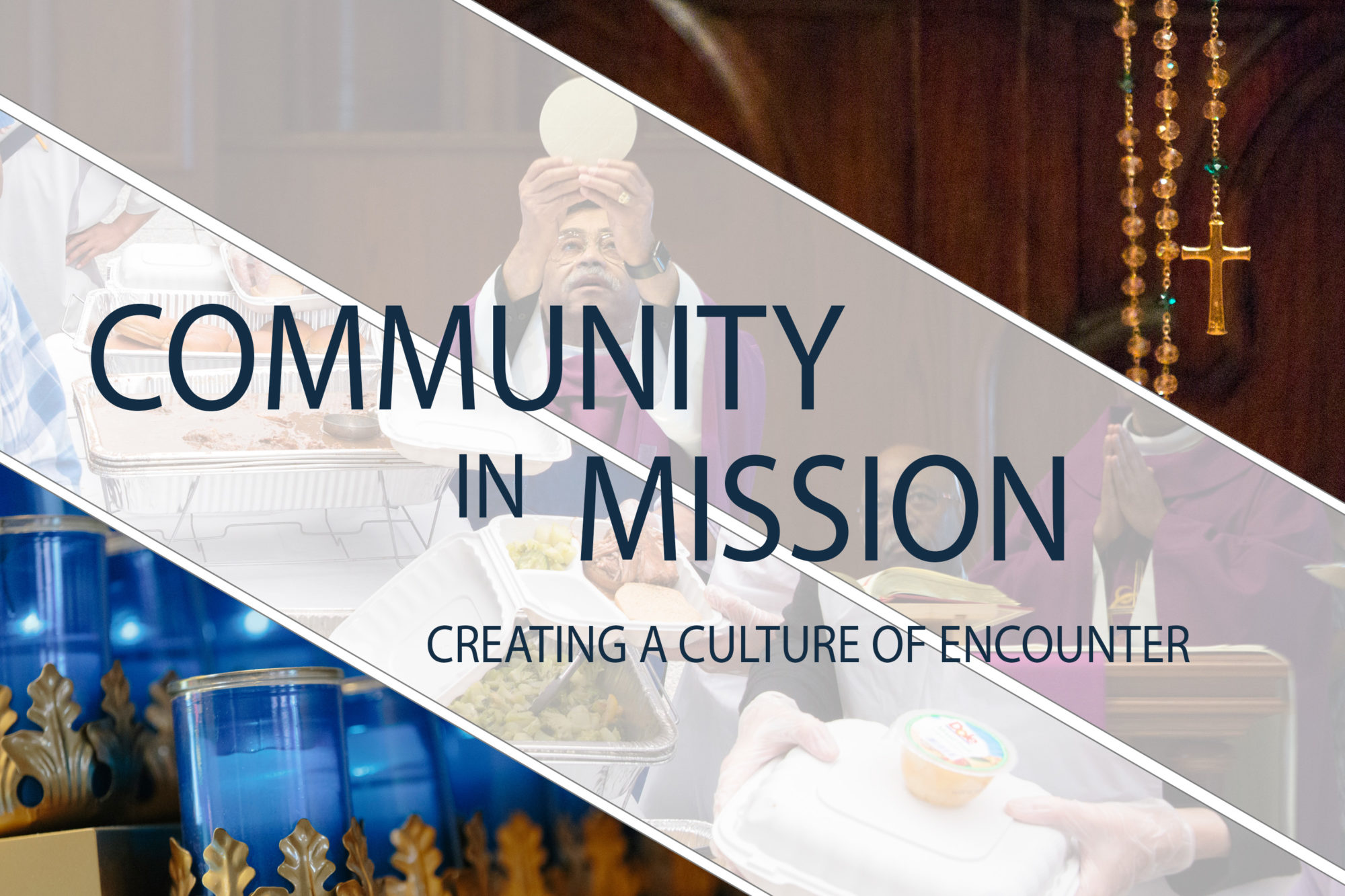There are a lot of “Solos” sung by our Protestant brethren: Sola Fide (saved by faith alone); Sola Scriptura (Scripture alone is the rule of faith); sola gratia(grace works alone). (See the Protestant Logo to the right). Generally one ought to be suspicious and careful of claims that things work alone. It is our usual experience that things work together in harmony with other things and are interrelated.
Hence faith alone is rejected by the Bible itself as an unreality. Faith without works is dead (James 2:26) It is not really faith at all since faith does not exist all by itself but always present with and works through love. Galatians 5:6 says: For in Christ Jesus neither circumcision availeth anything, nor uncircumcision; but faith working through love. Hence faith works not alone, but through love. Further as Paul states in 1 Corinthians 13:2 if I have all faith so as to move mountains but do not have love, I am nothing. Hence faith alone is a null set, it is nothing in that it does not exist. True faith is never alone, it bears the fruit of love and works of holiness. Beware the soloists who cry “faith alone” and ask where faith, all by itself can be found.
As for grace alone, this too is a puzzling claim since grace builds on nature. You and I may have grace, but it works through our human nature to have its effects. Hence one who has the grace to preach must use his mind, voice, lungs etc. One who sings well must do the same. Even the grace of holiness builds on our nature since we called to be holy in a human way. It is our humanity that must be transformed: our mind, heart, attitudes and behavior. Even to the extent that we manifest the holiness of God we cannot forget that we are made in the image and likeness of God. So again beware the soloists. Human nature is not depraved but wounded and grace is not alone, it works with and builds on our nature and heals it.
Finally beware the soloists who say Sola Scriptura! Namely the claimthat Scripture alone is the measure of faith and the sole authority for the Christian. There are several problems with this. First, Scripture as we know it (with the full New Testament) was not fully assembled and agreed upon until the 4th Century and it was Catholic Bishops in union with the Pope who made the decision as to what books belonged in the Bible. The early Christians could not possibly live by sola scriptura. Secondly, until recently most peoplecould not read. Kind of strange that God would make a book the sole rule of faith. Even today large numbers of people in the world still cannot read well. Thirdly, and most importantly, if all you have is a book that book still needs to be interpreted accurately. Without a valid and recognized interpreter the book can well serve to divide more than unite. It this not the experience of Protestantism which now has tens of thousands of denominations all claiming to read the same Bible but interpreting it in rather different manners? The problem is if no one is Pope everyone is Pope! Protestantism claims that everyone alone with a Bible and the Holy Spirit can authentically interpret Scripture. Well then why does the Holy Spirit tell some that baptism is necessary for salvation and to others no. Why the Holy Spirit tell some that the Eucharist really is Christ body and blood and others only a symbol? Why does the Holy Spirit say to some Protestants “Once saved always saved” and to others, “No” ?? So you see Scripture is not meant to be alone. Scripture itself says this in 2 Peter 3:16 our beloved brother Paul, according to the wisdom given to him, also wrote to you, Our Brother Paul speaking of these things [the Last things] as he does in all his letters. In them there are some things hard to understand that the ignorant and unstable distort to their own destruction, just as they do the other scriptures.So Scripture warns that it is quite possible to mis-interpret Scripture. Well then, were is the truth to be found? The Scriptures once again answer this: you should know how to behave in the household of God, which is the church of the living God, the pillar and foundation of truth. (1 Tim 3:15) Hence Scriptures are not to be read alone. They are a document of the Lord through the Church and must be read in the context of the Church and withthe Church’s authoritative interpretation and Tradition. As this quote says, The CHURCH is the pillar and foundation of the truth.
So beware of the soloists. Scripture is the most authoritative and precious document of the Church but it emanates from the Church’s Tradition and must be understood in the light of it. Further, faith is not alone but works through love, grace is not alone but builds on nature.
Here is a brief video where Pope Benedict reminds us that we must read Scripture not alone, but in union with the Living Tradition of the Church.
